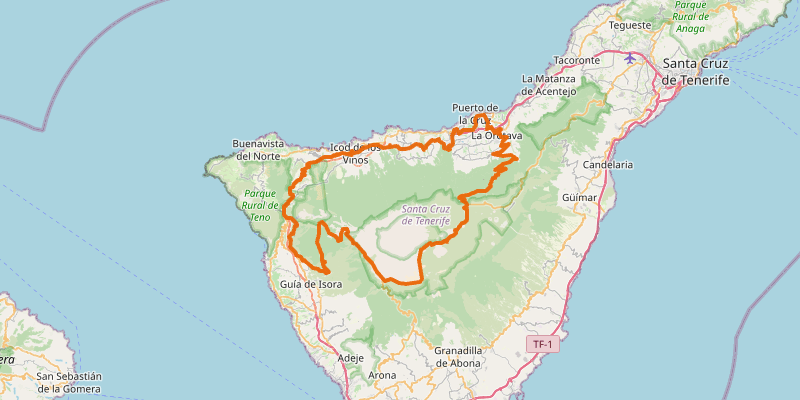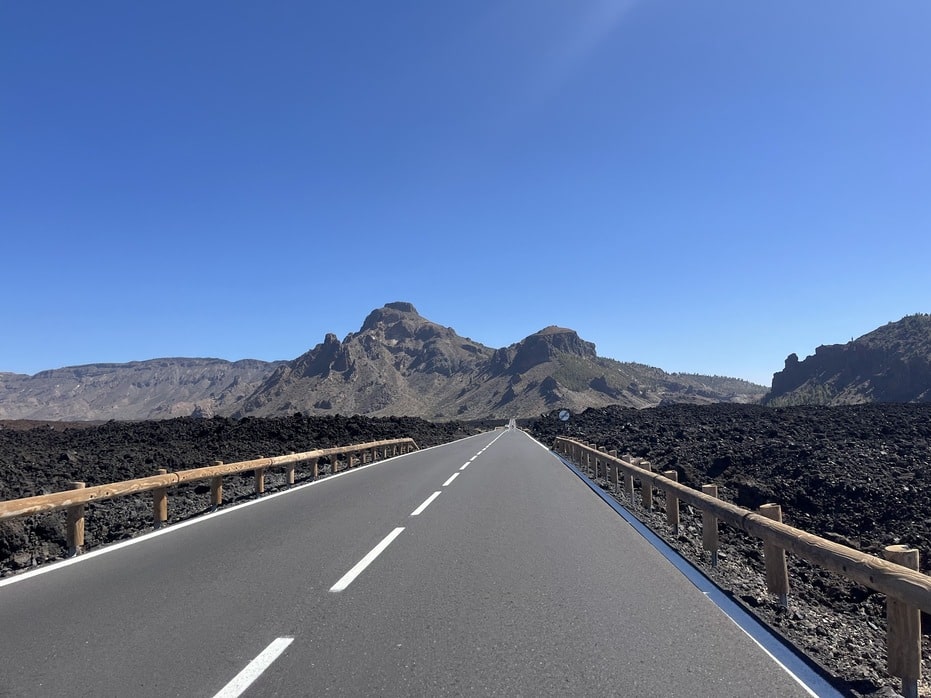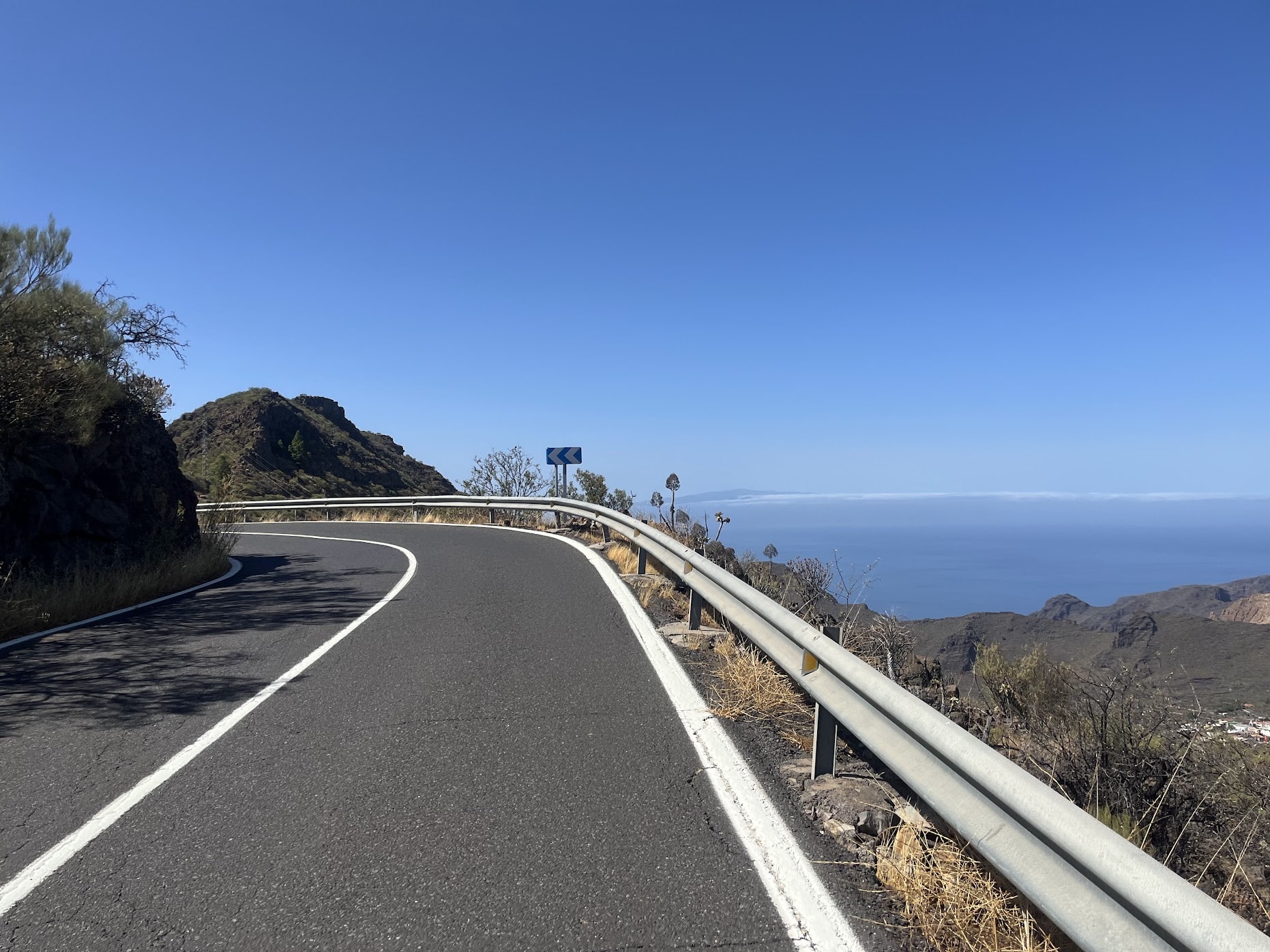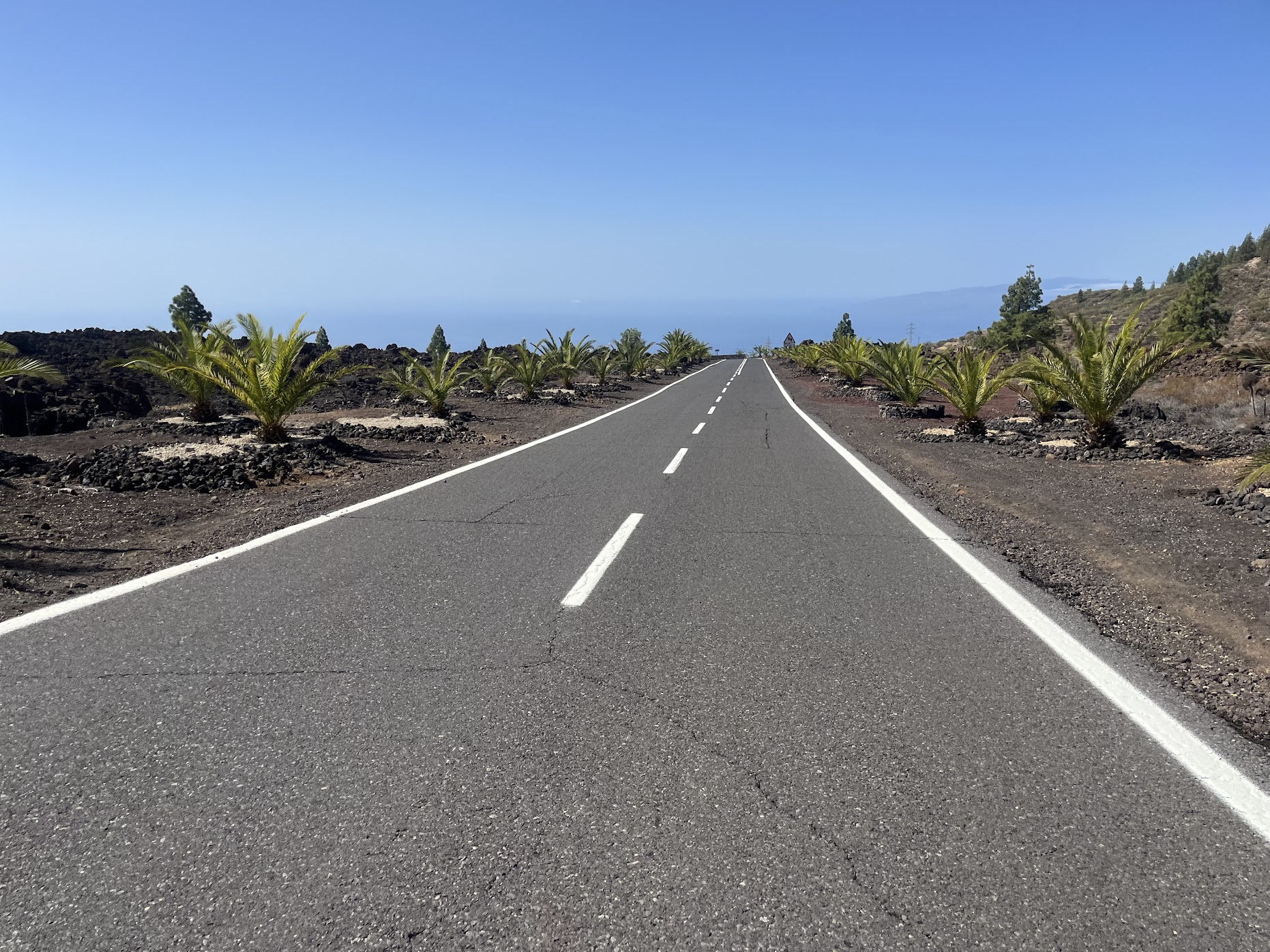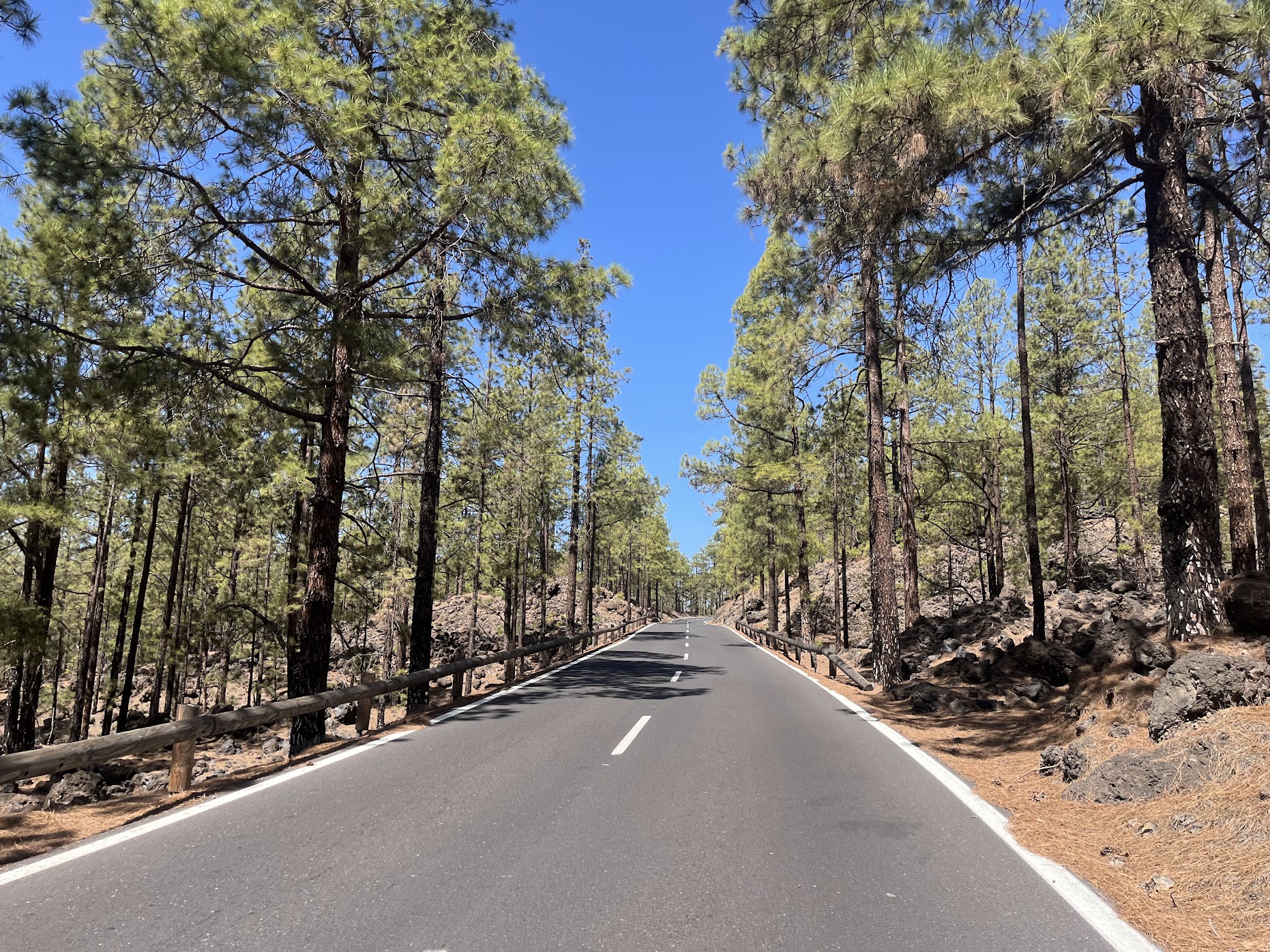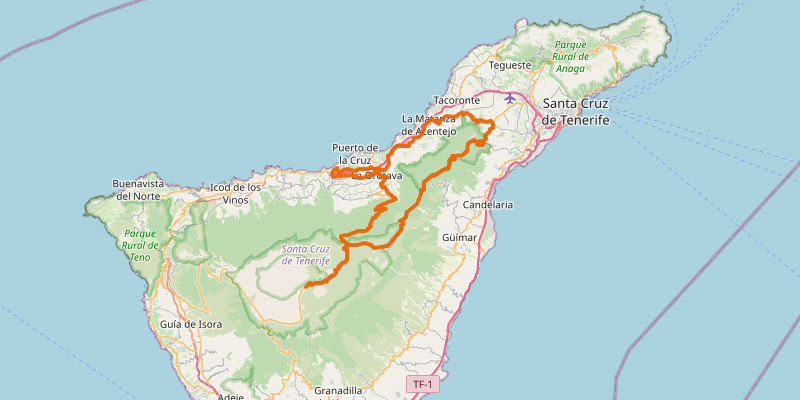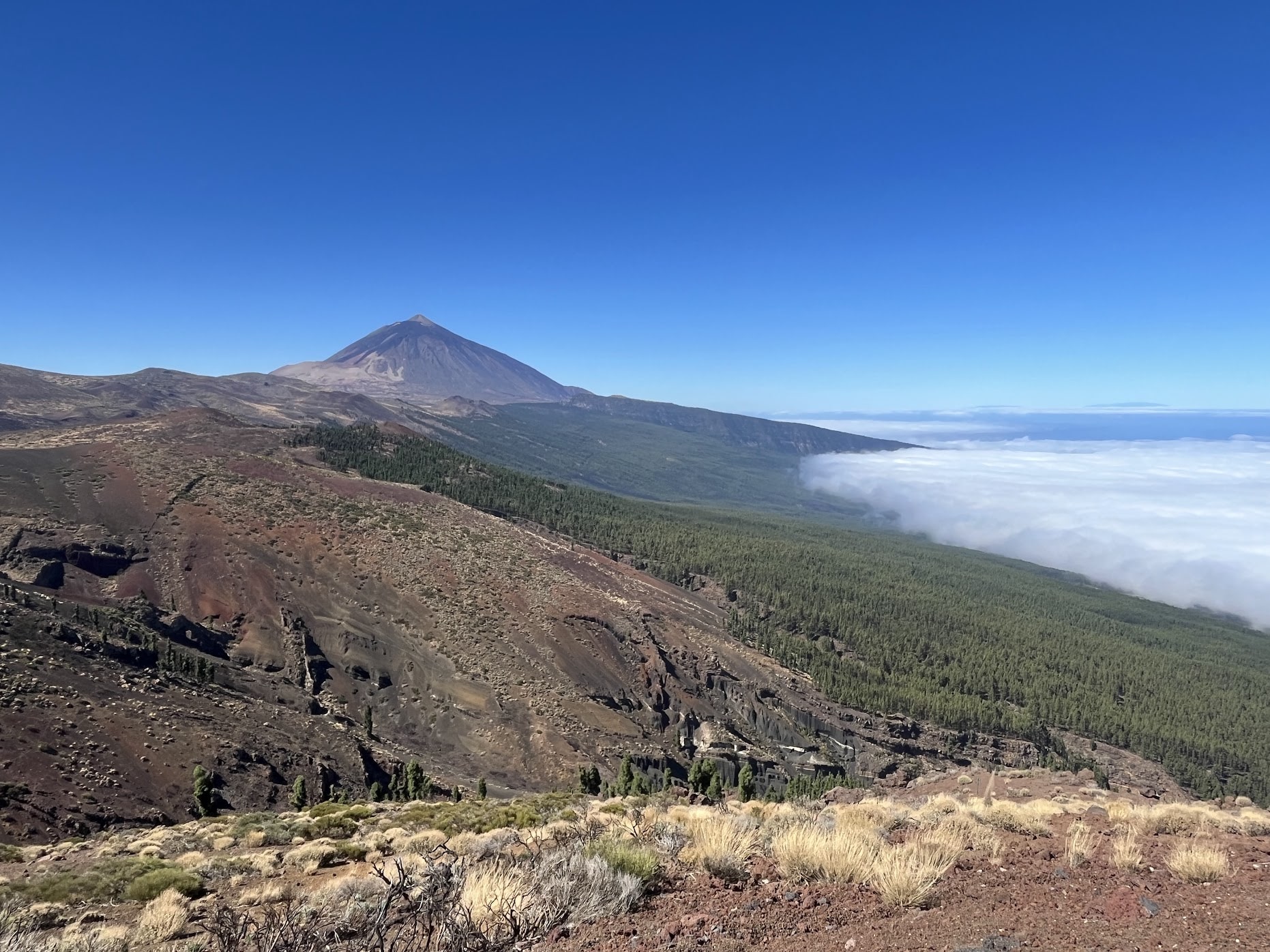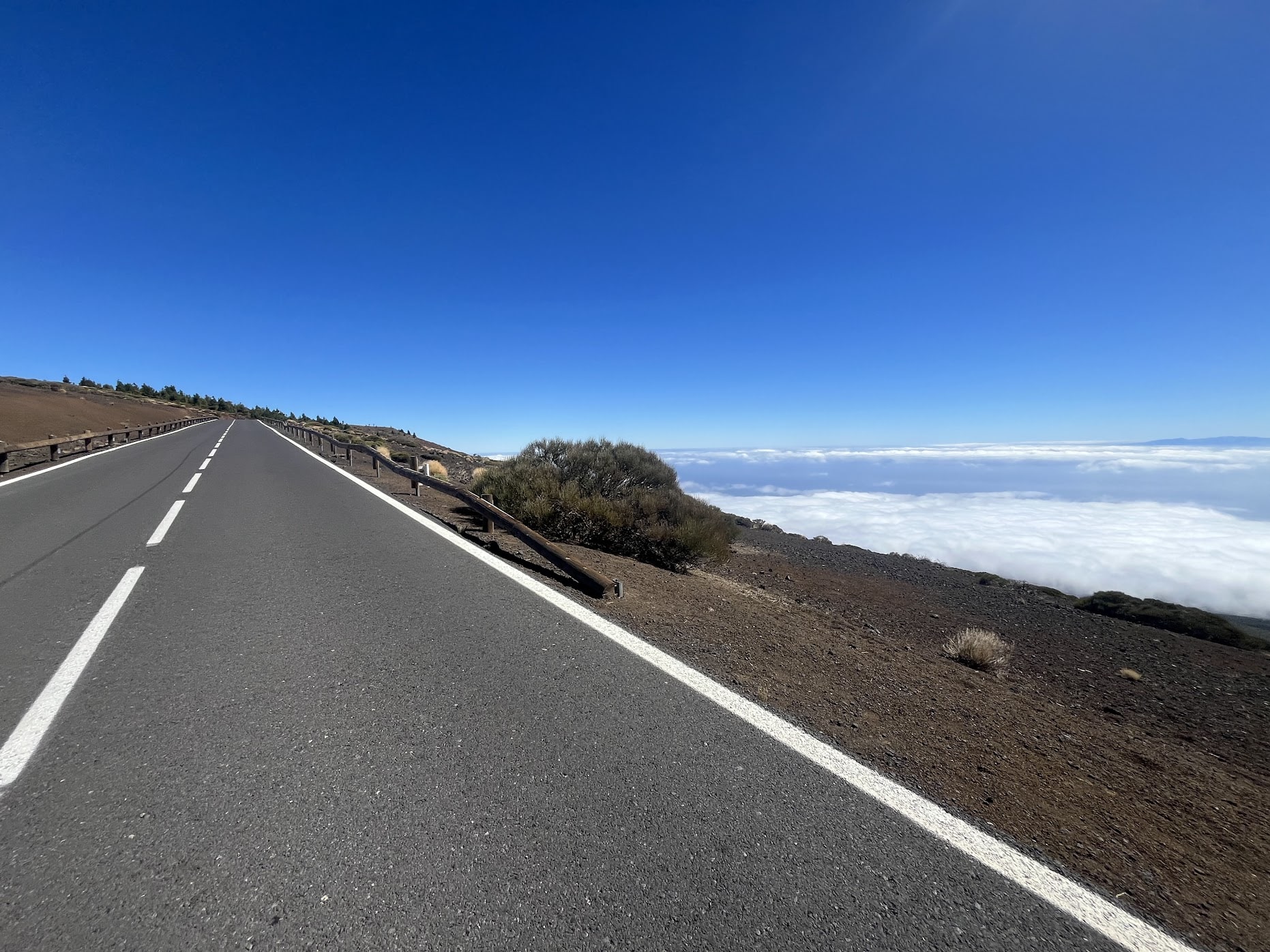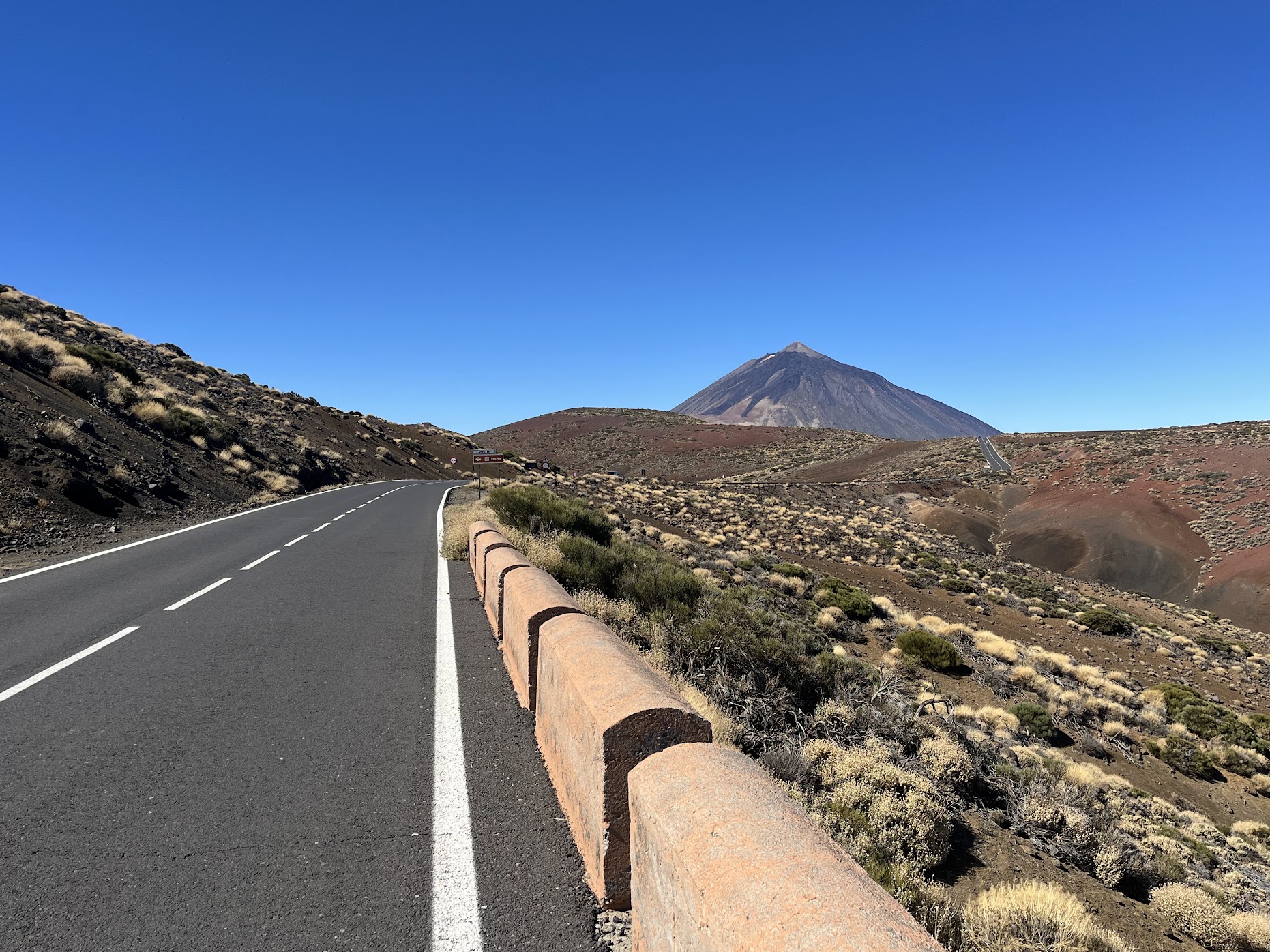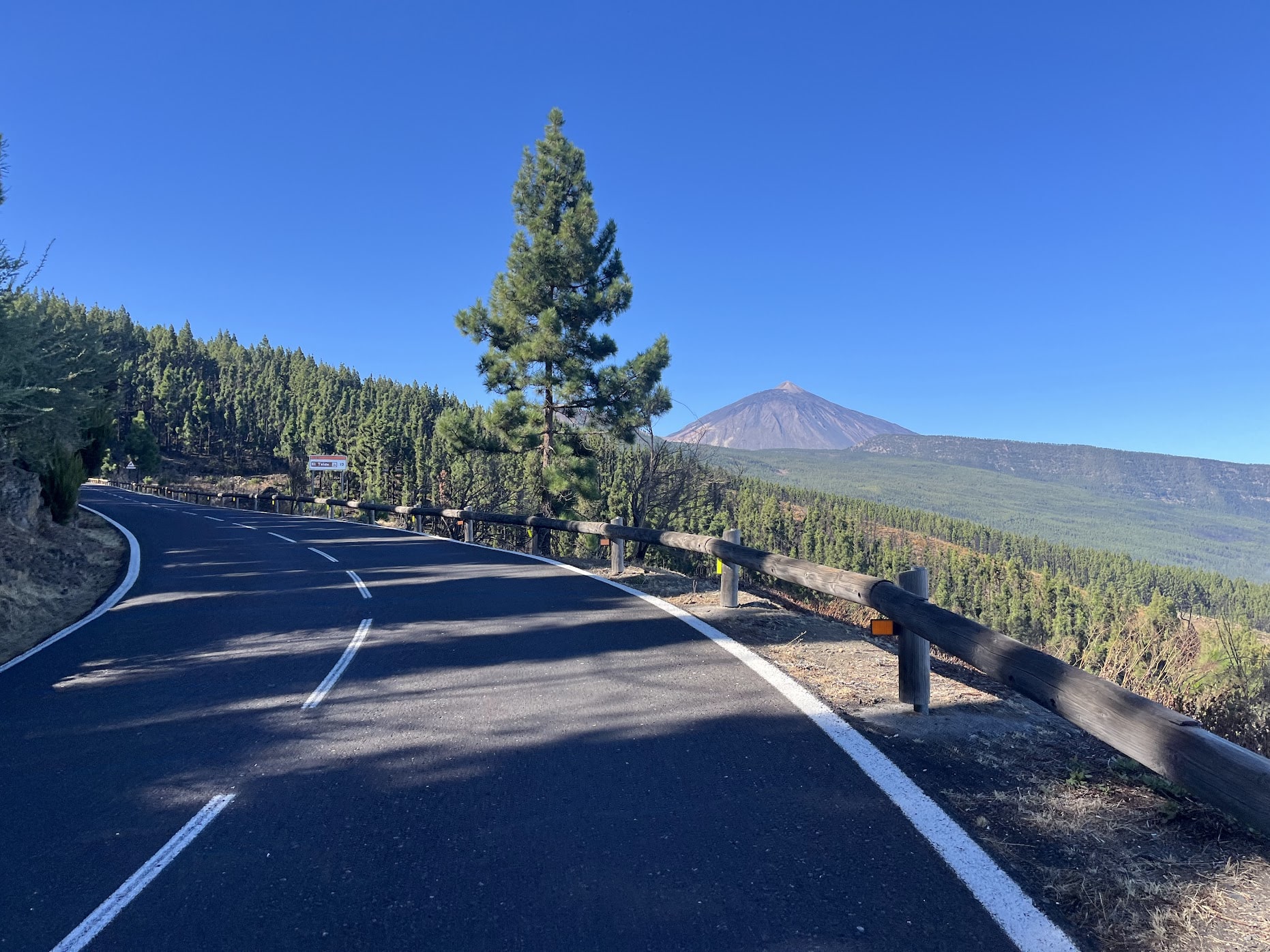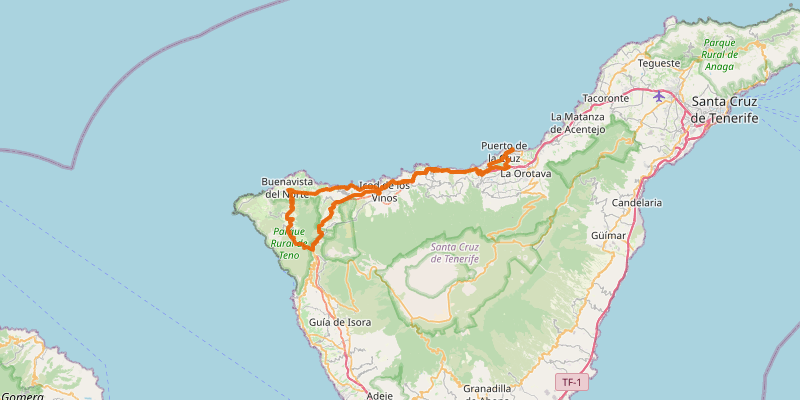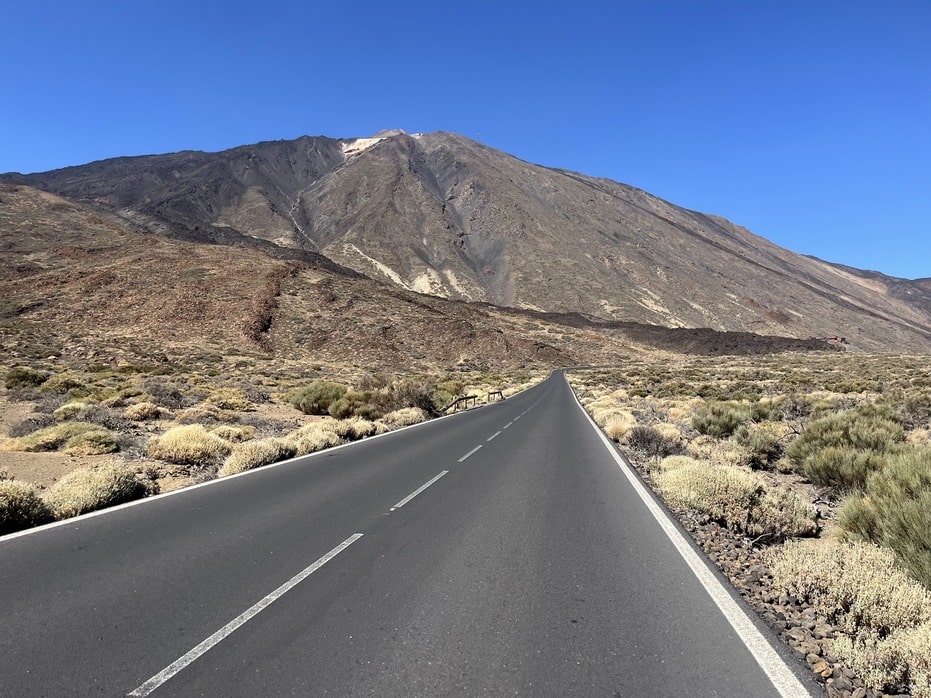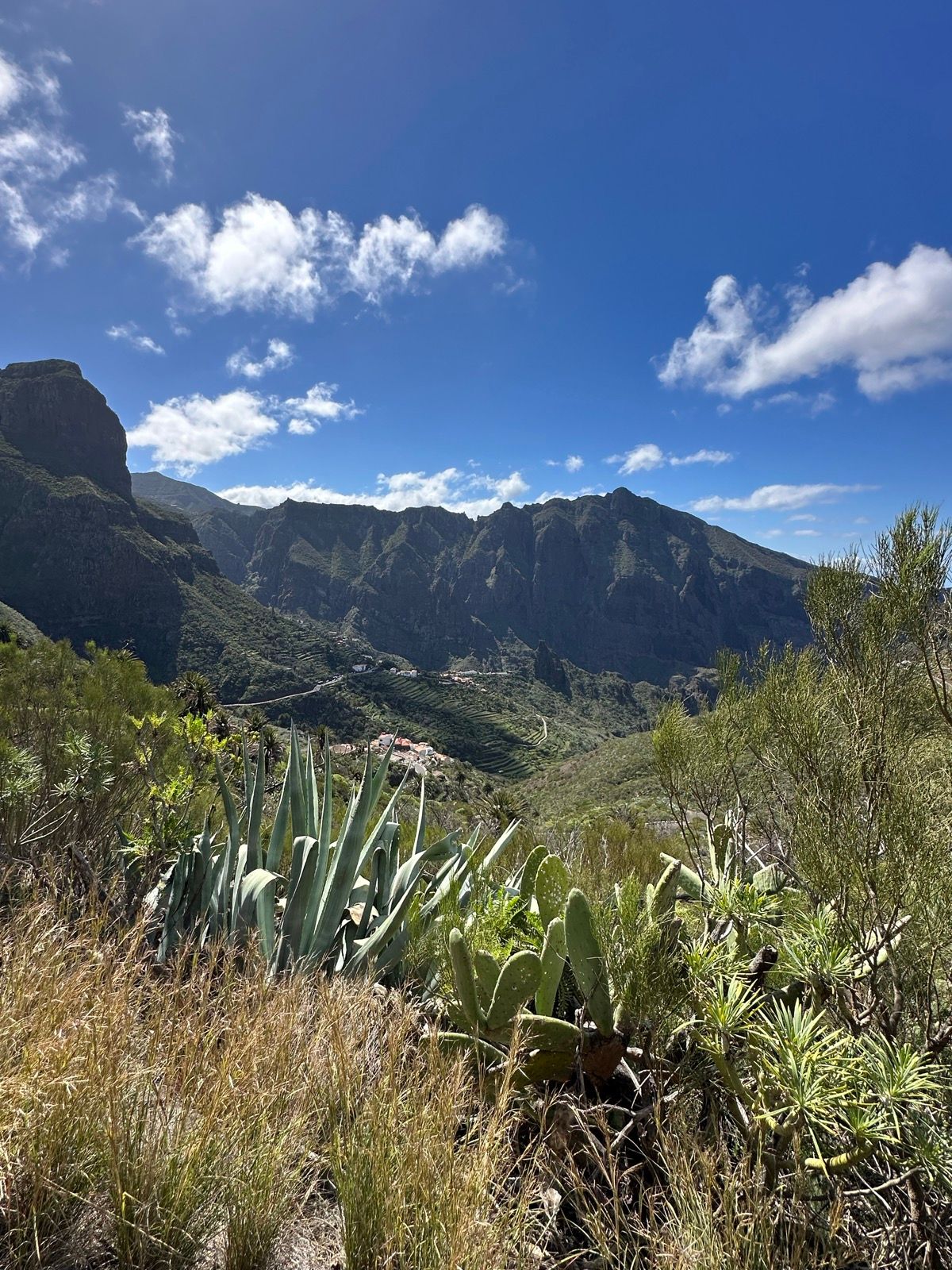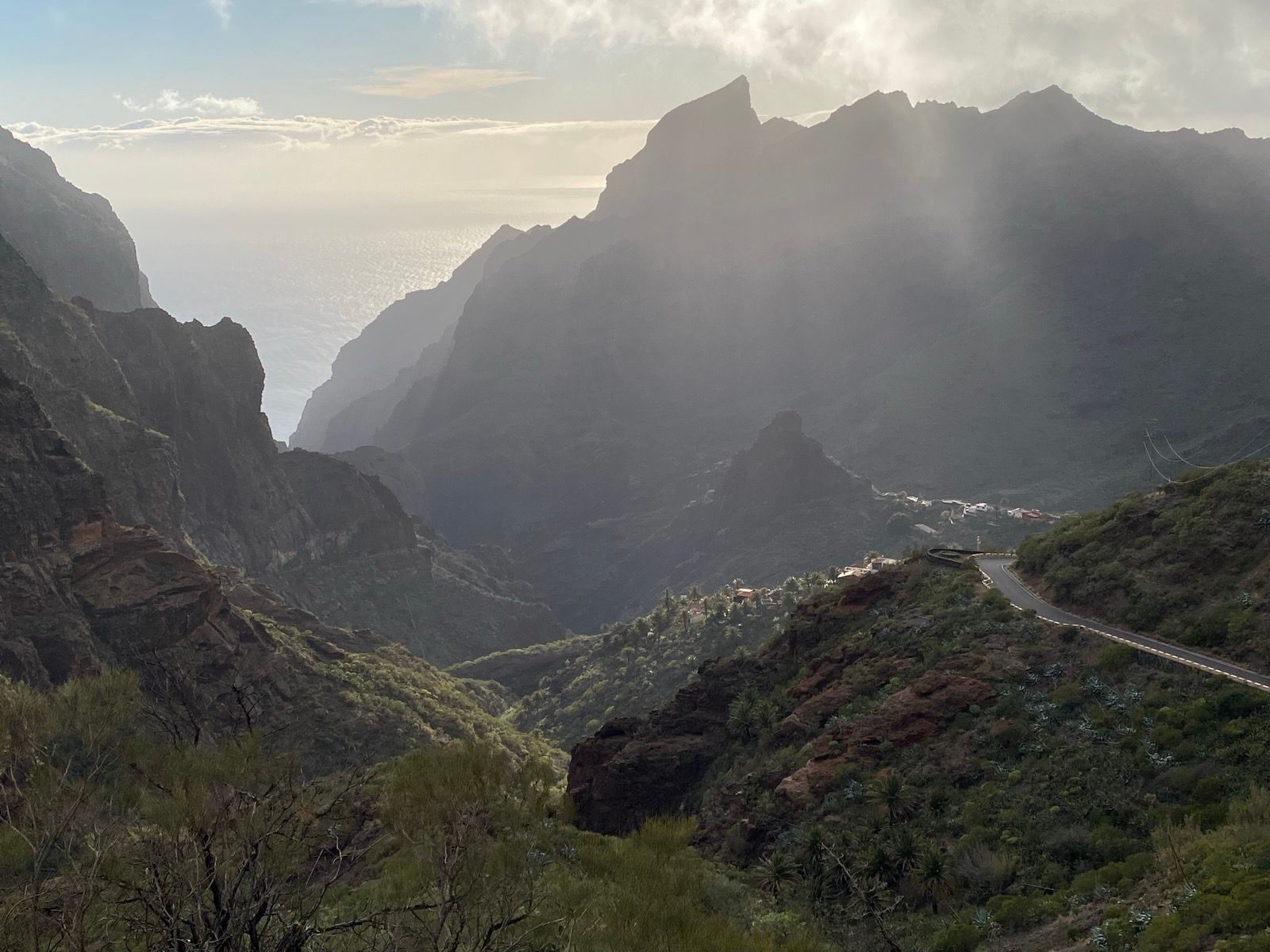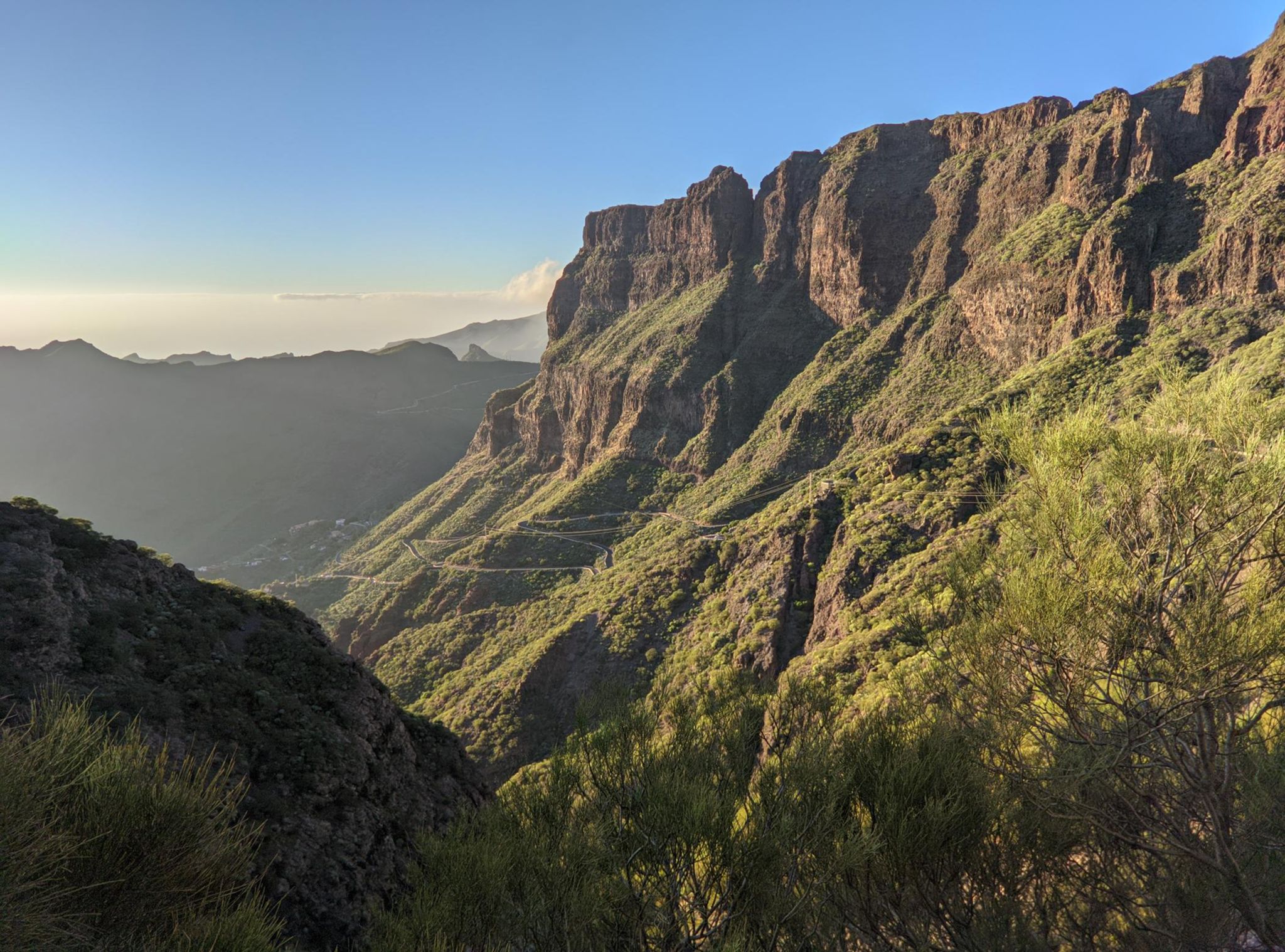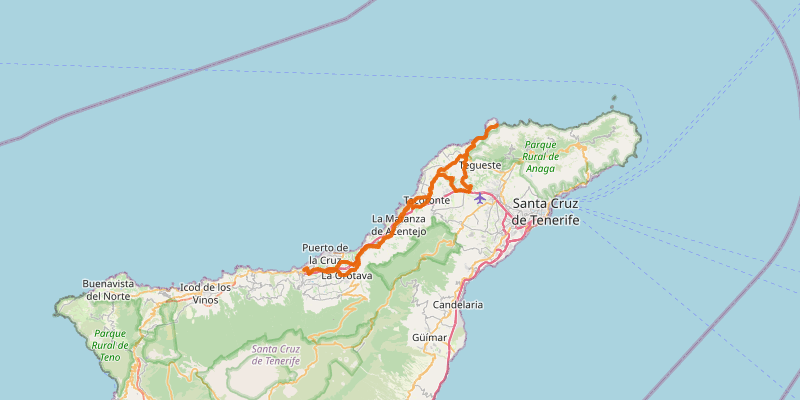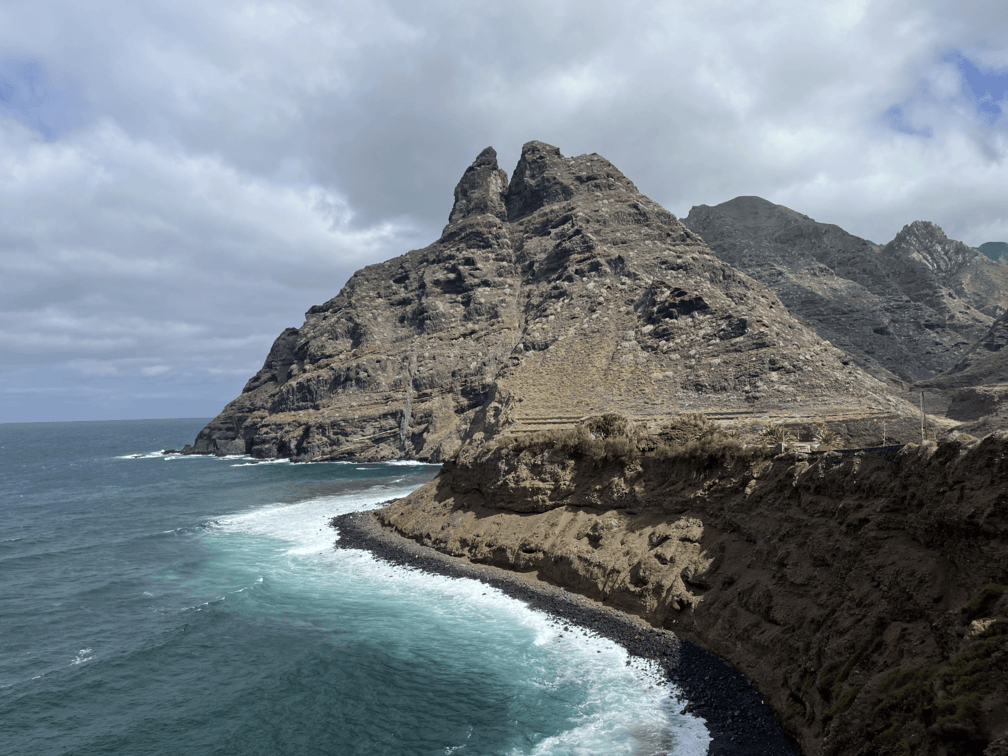Tenerife
Home to the legendary Mount Teide and some of the most challenging climbs in the Canary Islands.
Tenerife, the largest of the Canary Islands, is a cycling paradise that attracts professional cyclists and enthusiasts from around the world. The island's crown jewel is Mount Teide, Spain's highest peak at 3,715 meters, offering one of the most challenging and rewarding climbs in cycling. Tenerife's year-round mild climate, excellent road infrastructure, and dramatic volcanic landscapes make it an ideal destination for winter training camps and cycling holidays. The island's unique microclimates provide varied riding conditions, from the lush northern slopes to the arid southern regions, ensuring every cyclist finds their perfect route.
This is not an island for the faint-hearted, and it is certainly not a place for untrained riders. The roads are steep, the weather is unpredictable, and the traffic is heavy. Strap on your helmet, take your bravery pills, and face the challenge.
Traffic is a serious safety concern in Tenerife. The island experiences heavy tourist traffic with many inexperienced and reckless drivers who are unfamiliar with local roads and driving conditions. Exercise extreme caution, especially on busy routes. Bring as much reflective gear as possible, strap on a few lights on your seat post, and pray to all the gods that nobody will kill you.
We went to Tenerife early October, and even then it was busy with law-defying tourists on the supposedly less busy north part of the island. We cut our trip short because of the dangerous circumstances the guiris were causing. As a result, it is very unlikely we will ever come back here, and as such I wouldn't recommend Tenerife, or any of the Canary Islands for that matter since they share the same problems.
Best time to visit
Plan your cycling adventure during the optimal seasons for the best experience.
Tenerife is one of those rare places on earth where you can ride all year in agreeable circumstances. The island enjoys a subtropical climate that makes cycling possible in every season, though some months are certainly more comfortable than others.
The best cycling conditions are during May, June, September, and October when temperatures are most comfortable for long rides. These months offer the perfect balance of warm weather without the extreme heat or cold.
July and August should be avoided due to extreme heat, especially in the lower elevations and southern parts of the island, with temperatures often exceeding 35°C. Even the higher altitudes around Mount Teide can be challenging during peak summer.
January and February are also challenging with cooler temperatures and more unpredictable weather. March and April are okay but can be variable, while November and December are moderate - not ideal but manageable for cycling.
A word of caution about Mount Teide: Due to its height, it can be extremely cold on the mountain, even when it's warm at sea level. During winter months, snow is not uncommon, and there are barriers that close access to the mountain pass when conditions become dangerous. Always check weather conditions before attempting a Teide climb.
Routes
Mount Teide climbs (from Puerto de la Cruz)
Teide from Puerto de la Cruz (via Santiago del Teide)
An epic route climbing Mount Teide and returning via the scenic western route to Puerto de la Cruz.
Teide from Puerto de la Cruz (via La Esperanza)
Climb Mount Teide first, then descend northeast and turn off at La Esperanza to head back to Puerto de la Cruz.
Other Routes (from Puerto de la Cruz)
Masca via Buenavista del Norte
An epic route exploring the northern coast via Icod and Buenavista del Norte before climbing to the spectacular village of Masca.
Punta del Hidalgo
A scenic coastal route to Punta del Hidalgo, offering beautiful ocean views and a more relaxed cycling experience.
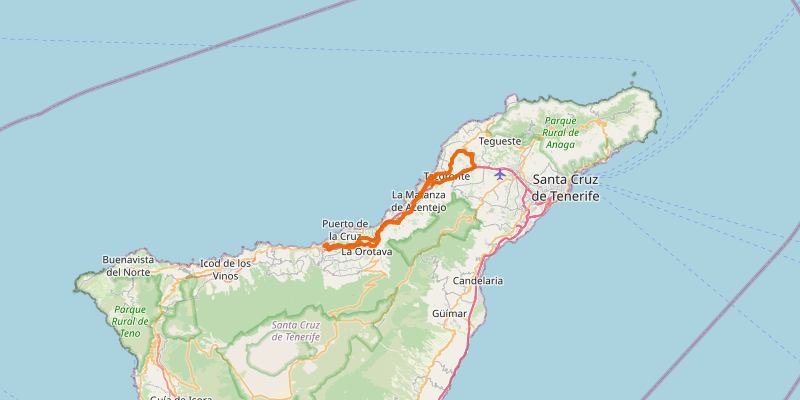
Puerto de la Cruz Recovery Ride
A recovery ride from Puerto de la Cruz with 66km and 1300m of climbing - easier than the Teide routes but still substantial.
Cycling Tips
⚠️ Traffic is the main safety concern in Tenerife. The island experiences heavy tourist traffic with many inexperienced drivers who may be unfamiliar with local roads and driving conditions. Exercise extreme caution, especially on busy routes.
It is mandatory for road cyclists to wear a crash helmet.
You are allowed to ride in columns of 2 riders, but be respectful to drivers on narrow roads and they'll reciprocate.
If possible, ride during the week and avoid weekends when the roads are busier with tourists.
Some areas are remote and may not always have mobile coverage, so bring your spares with you.
Be prepared for rapid weather changes, especially at higher altitudes around Mount Teide.
